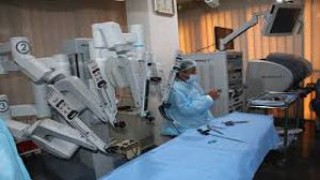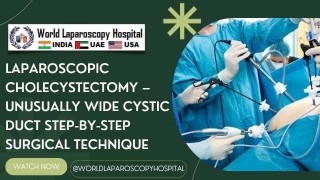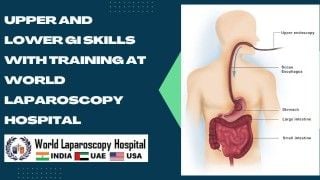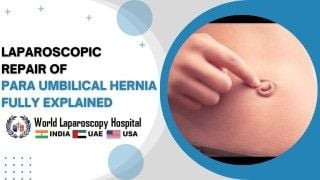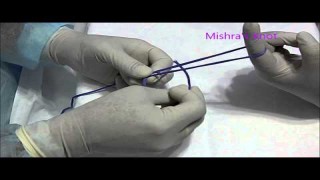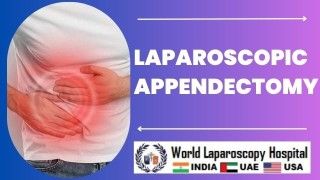Clipless Laparoscopic Cholecystectomy
Add to
Share
258 views
Report
2 months ago
Description
Laparoscopic cholecystectomy (LC) has long been the standard treatment for symptomatic gallstones and gallbladder disease. Traditionally, this procedure involves the use of metallic clips to ligate the cystic duct and cystic artery before the gallbladder is dissected from the liver bed. However, advances in energy-based surgical devices have introduced the concept of clipless laparoscopic cholecystectomy, which aims to enhance safety, reduce operative time, and minimize complications. What is Clipless Laparoscopic Cholecystectomy? Clipless laparoscopic cholecystectomy is a minimally invasive surgical procedure in which the cystic duct and cystic artery are sealed and divided without the use of traditional clips. Instead, advanced energy devices—such as harmonic scalpel (ultrasonic energy) or bipolar vessel sealing systems—are used. These devices coagulate and divide tissue and vessels simultaneously, creating a secure seal. Advantages of Clipless LC Reduced Risk of Clip-Related Complications: Clips may occasionally dislodge, leading to bile leakage or bleeding. Clipless techniques eliminate this risk. Decreased Operative Time: Energy devices allow for simultaneous sealing and cutting, streamlining the procedure. Minimal Foreign Body: No metallic clips remain in the patient, reducing the potential for foreign body reaction. Potentially Less Postoperative Pain: Some studies report reduced tissue trauma due to precise energy application. Effective for Difficult Gallbladders: Inflamed or fibrotic tissue can be managed more safely with energy sealing devices compared to conventional clips. Procedure Overview Patient Positioning: Standard supine position under general anesthesia. Port Placement: Usually 4-port technique. Dissection of Calot’s Triangle: Exposure of the cystic duct and cystic artery. Sealing and Division: Using a harmonic scalpel or bipolar sealing device, the cystic duct and artery are coagulated and divided. Gallbladder Removal: The gallbladder is dissected from the liver bed and extracted through the umbilical port. Hemostasis and Closure: Check for bleeding or bile leak, then close ports. Clinical Evidence Several studies have demonstrated that clipless laparoscopic cholecystectomy is safe and effective, with comparable complication rates to conventional clipped LC. Additionally, in cases of acute cholecystitis or difficult gallbladder anatomy, clipless LC has shown favorable outcomes by reducing intraoperative bleeding and bile leaks. Conclusion Clipless laparoscopic cholecystectomy represents a significant advancement in minimally invasive surgery. By eliminating the use of clips, the procedure can offer increased safety, efficiency, and reduced foreign body implantation. With proper training and use of advanced energy devices, clipless LC is emerging as a reliable alternative to traditional laparoscopic cholecystectomy, especially in challenging surgical scenarios.
Similar Videos

